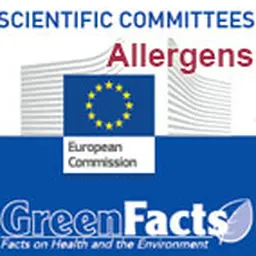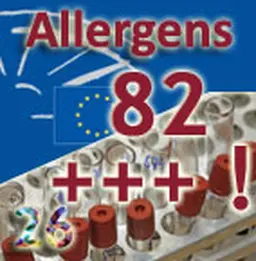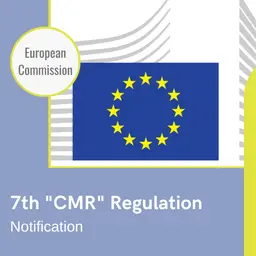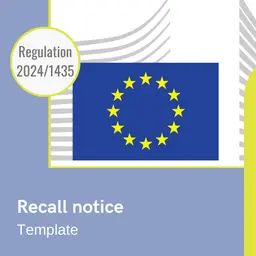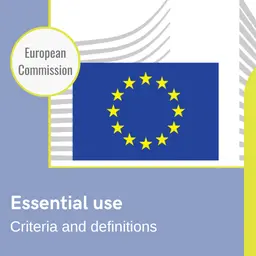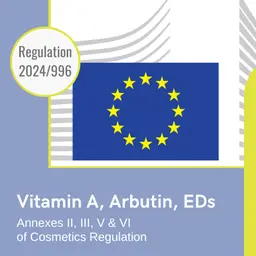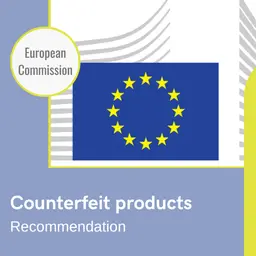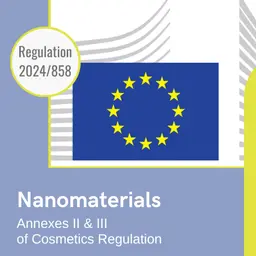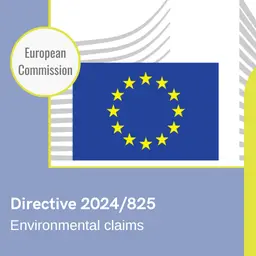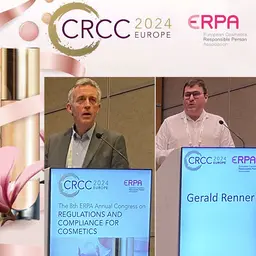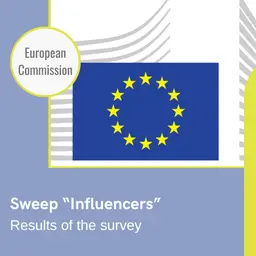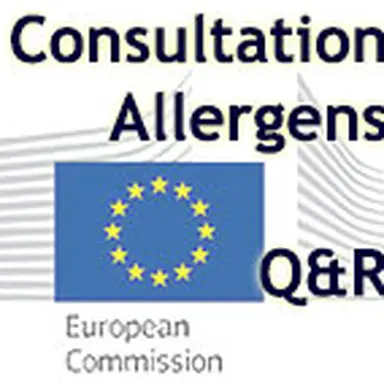
The European Commission has published its proposed measures designed to enhance the protection of consumers from potential fragrance allergens in perfumes and cosmetics. The measures are now open for public consultation. Is Chanel n°5 perfume to be ban? Are organic cosmetics to be worst affected by these measures? The Commission published a Questions and Answers alongside with the consultation on fragrance allergens. EU Consumer Affairs Commissioner Neven Mimica also added some clarifications.
What are fragrance allergens?
Some substances present in fragrances may cause a skin or respiratory allergy. The present public consultation covers only skin (also called: contact) allergens. Both synthetic chemicals and substances of natural origin may be skin allergens.
How many people have a skin allergy to fragrances? What are the symptoms?
It is estimated that between 1-3% of the population in Europe has a skin allergy to fragrances. The most frequent symptoms include irritation, swelling and rash, but they may develop into a chronic condition (eczema). An allergic reaction to a substance depends on many factors, including the genetic predisposition, age and intensity of exposure to this substance.
Why the Commission asked the Scientific Committee on Consumer Safety (SCCS) to issue an opinion on fragrance allergens?
The Cosmetics Regulation includes a list of substances which are forbidden in cosmetic products (Annex II to the Cosmetics Regulation) and a list of substances which are allowed, but subject to restrictions (Annex III). Some of the substances in Annex II and III are fragrance allergens.
There is a need for a regular review of those lists. As the last update on fragrance allergens was done in 2003 (including …

